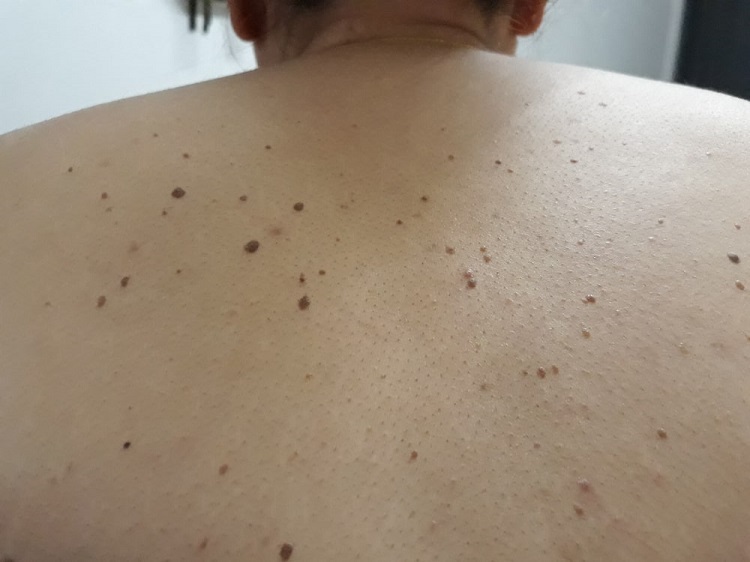All You Need To Know About Seborrheic Keratosis

Brown warts and lesions are usually a cause of alarm for middle-aged adults. Seborrheic Keratosis has nearly similar manifestations as cancerous skin growth and usually disconcerts many individuals. The skin growth is harmful and non-cancerous. However, it is advisable to seek treatment for Chevy Chase seborrheic keratosis to regain unblemished skin and eliminate the possibility of the lesions being cancerous. Here’s what you need to know when dealing with seborrheic keratosis.
Table of Contents
What is seborrheic keratosis?
Seborrheic keratosis is a benign growth on your skin similar to a mole that primarily develops from the proliferation of epidermal cells. Keratoses appear singly or in clusters with varied shapes. Seborrheic keratoses have different clinical appearances. The most common ones are lightly tanned and brown.
Seborrheic keratoses appear commonly on the head, neck, chest, and back but rarely appear in the palms of your hand and soles of your feet. The skin growth is non-contagious and not a cancer risk factor.
Symptoms of seborrheic keratosis
The symptoms resemble cancerous and non-cancerous skin growth symptoms. However, they are rough and grainy oval-shaped patches that look like they have been stuck on your skin. The patches usually become inflamed when a cloth rubs on them.
Who is at risk of developing seborrheic keratosis?
Seborrheic keratosis can affect almost anyone, but risk factors make you susceptible to developing SK.
- Older population – SK shows high prevalence in individuals over 50 years. The etiological reason behind this is unknown; however, you may have one even before 50, depending on other risk factors.
- Prolonged sun exposure – You are at risk of developing seborrheic keratosis if you spend long hours in the sun. The sun triggers numerous skin conditions, including SK.
- A family history of SK – If the skin condition runs in your family, your propensity to get SK is high.
Skin color potentially determines whether you are at risk of developing SK. However, different Metadata analysis shows that individuals exhibit near-equivalent incidence in various regions. However, seborrheic keratosis shows predominance among the Caucasian population.
Seborrheic Keratosis diagnosis and treatment
Treatment procedures are majorly cosmetic. However, accurate screening and testing are vital in determining the propensity of oncogenic mutations. Specialized centers like Ali Hendi, MD
Skin Cancer Specialists & Mohs Surgeons in Chevy Chase, MD, employ dermoscopy, reflectance, confocal microscopy, and even artificial intelligence to determine whether you have SK or other skin conditions.
After the doctor has established that you have seborrheic keratosis, they may remove them using cryosurgery, which freezes the growth or curettage to scrape off the growth. Laser removal is an innovative technique that some skin centers also employ.
A 40% hydrogen peroxide solution prescription is an FDA-approved topical solution you can use at home to rid your skin of seborrheic keratosis. Vitamin D3 cream, glycolic acid peels, and Tarazotene cream 0.1% are some over-the-counter remedies to seborrheic keratosis.
Seborrheic keratosis is harmless. However, the symptoms resemble cancerous skin conditions such as melanoma. It is imperative to seek an accurate diagnosis before formulating a suitable action plan. Expert oncologists at Ali Hendi, MD Skin Cancer Specialists & Mohs Surgeons, offer correct diagnosis and treatment for all cancerous and non-cancerous skin conditions. Get in touch today to get an evaluation of your seborrheic keratosis.
Leave a reply
You must be logged in to post a comment.




















